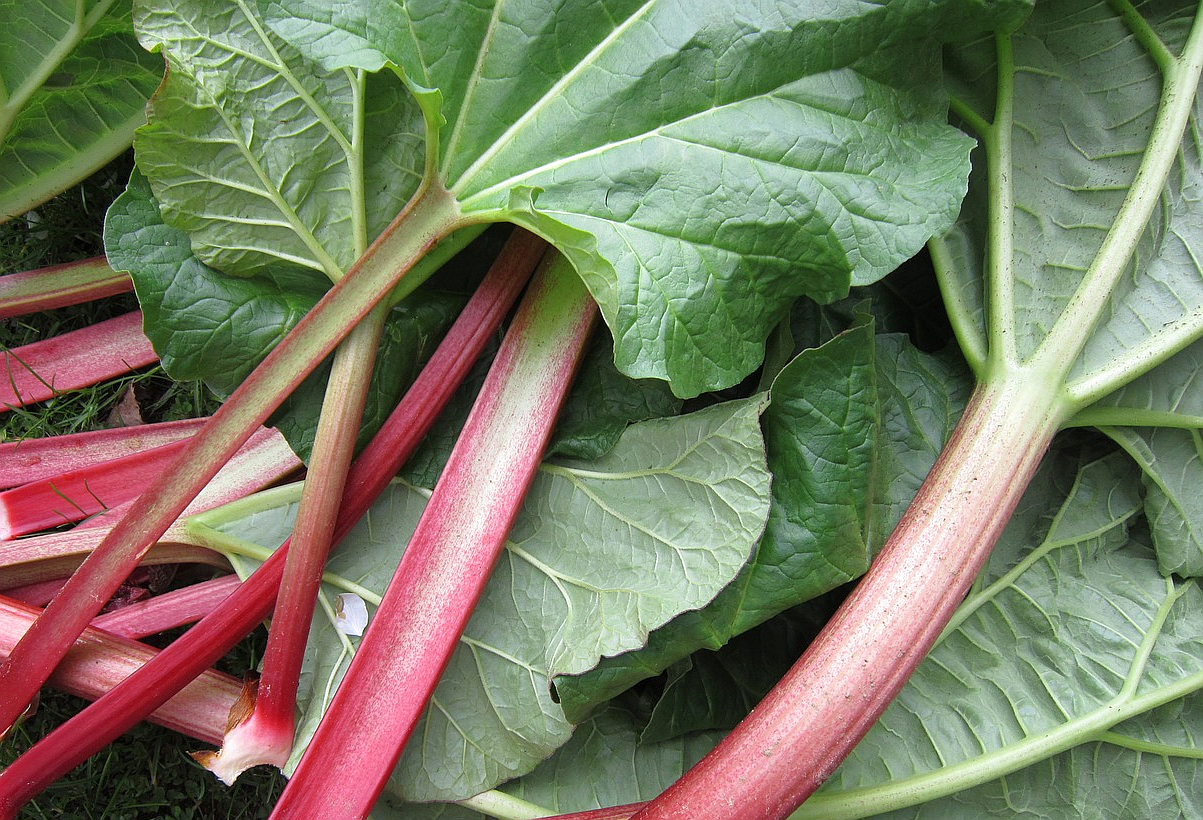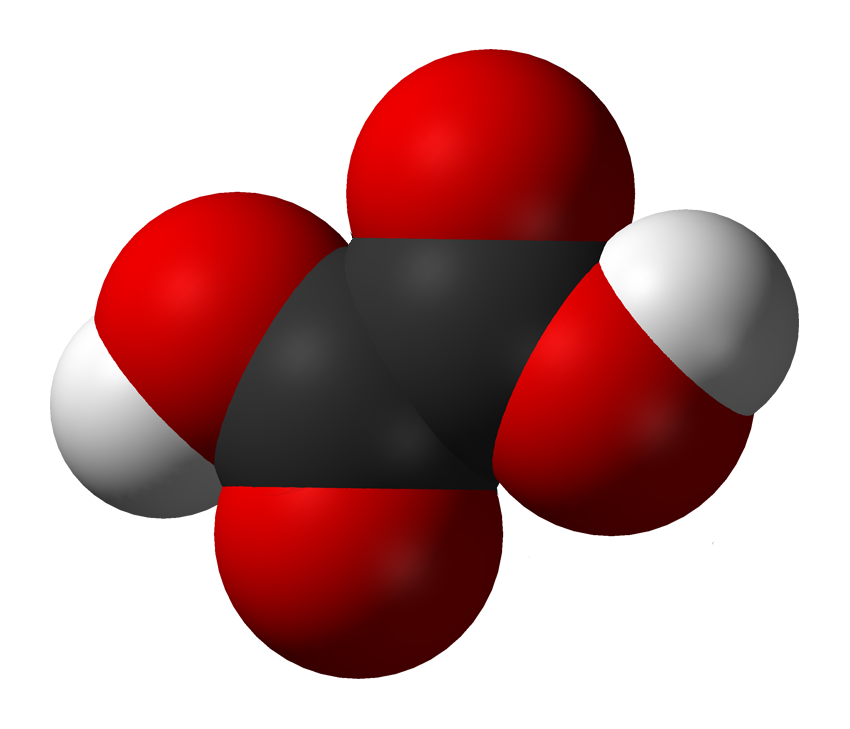
What a vast array of tasty vegetables and fruits there are to enjoy! However, just as there are parts of animals and fish best its best not to eat, some plant parts should be avoided. One undesirable ingredient found in large quantities in some vegetation is oxalic acid HOOC-COOH or (COOH)2. Oxalic acid often occurs as the oxalate. A classic example is rhubarb leaves.
In the year 1967, my boss told me he once ate a scrumptious strawberry and rhubarb pie he’d made from cooked red rhubarb stems. Well and good. But he made a very serious mistake. He used the leftover leaves in a Caesar salad. Was he ever sorry! He became violently ill.
Moderate Levels
This is not to say the eating of any oxalic acid will make a person sick. It would be unreasonable to suppose that one part of a plant would contain the acid, and another part would contain absolutely none of it. In reality, we eat oxalic acid nearly every day. It is even found in spinach, carrots, and beets! No. It is the amount one eats, that determines if he will have a problem.
What are the symptoms that one has eaten too much oxalic acid? These include burning in the mouth and throat, difficulty breathing, weakness, stomach pain, nausea, vomiting, and diarrhea.
Raw spinach, carrots, and beets are best eaten sparingly. Cooked, these present much less of a problem. Although some nutrition is lost, the cooking water contains most of the oxalates. Again, these vegetables can be eaten raw, or juiced. It is just that they should not be eaten in large quantities.
Curiously, certain tubers, including cassava and sweet potatoes, if exposed to certain fungi, can contain noticeable levels of oxalic acid.

Wild Foods Containing Oxalic Acid
There are wild foods that contain large quantities of oxalic acid. These include tubers and leafy parts of the Oxalis family sorrels, including oca. Before consuming a wild food, one should read scholarly works that concern edibility. Consider the wild “food” skunk cabbage. It contains oxalic acid sufficient to burn the mouth if even a small piece is chewed raw!
Kidney Stones and Struvite Crystals
For sensitive individuals, even small quantities of oxalic acid eaten regularly can lead to kidney stones or bladder crystals. Then there is the problem of calcium depletion. This reminds of of the truth of the old adage that a balanced diet is still best.
Note: You might also enjoy Chemicals to Peel Tomatoes?
References:

[…] of a leaf raw, I immediately felt moderate burning in the mouth which I (mistakenly) believed to be oxalic acid at first. In reality, it was a mustardy spicy/sharp taste (which I didn’t expect from […]